Winter sparrows can brighten winter days with warm colors and lyrical songs. You can see them along trails and in backyards, hopping on the ground like popcorn kernels popping and fluttering low in shrubs. These “little brown birds” make for a lively time around feeders in winter along with cardinals, blue jays, and nuthatches. Many prefer black sunflower seeds and will eat low or on the ground. Brush piles and dense shrubs will also invite them around.
A closer look reveals more than just rich brown tones. Features of different species include red caps, white throats, yellow eyebrows, black bibs, and numerous rich brown tones and streaks. The variety of songs, even in winter, add joy to dreary days. Experience their unique looks and songs in the video below.
Meet the Sparrows
House Sparrows: Most people think of the familiar house sparrow when talking about this species. They are not well liked due to their aggressive nature. They nest early and often and displace native birds from their nests. House sparrows were brought to America in 1850 to help control insects and bring a bit of Europe to the new world. As mainly grain and feed eaters, the insect control was a failure. They had colonized St. Louis by 1870, and spread across the country by 1900, easily finding food around farms and towns, and unfortunately, driving away native birds that do consume insects. Check Cornell’s Guide for dealing with nuisance house sparrows.
Song Sparrows: These birds eat lots of insects in summer and forage low and on the ground. These Song Sparrows have warm reddish-brown and slate-gray heads with brown streaks. Their coloring varies widely by location. There’s a theory that females choose males based on how well they have learned their songs. Males sing from open perches.
Lincoln’s Sparrows: It’s hard to see these sparrows as they are well concealed. And harder to identify by song as they sing more like a wren. According to Cornell, females seem more attracted to males that sing on colder mornings. Perhaps they appreciate the extra effort involved to sing in the cold. In winter, you may see them foraging along the ground for food.
Chipping Sparrow: These birds are commonly seen in grassy areas among trees and known for their loud trilling sounds that echo in spring woods and suburbs. They eat birdseed and feed on the ground and nest low shrubs and trees. They have been known to be creative with building nests in hanging baskets, old tools, and even chili peppers.
Harris’s Sparrows: You’ll find these birds in winter in fields, shrubby pastures, backyards, and shrubs near streams. They have striking features with a black bib, pink bill, barrel chest, and long tail. They will visit bird feeders. Their population has declined due to habitat loss. This may be due their limited breeding as Harris’s sparrows are the only North American songbird that breeds only in Canada.
Fox Sparrows: You may see these birds in backyards kicking up leaf litter looking for food as they move into backyards in winter from remote locations. Their rich red hues and streaks can be seen as they flutter while feeding near dense vegetation. Fox Sparrows have a rich, high-pitched song.
American Tree Sparrows: These birds have a rusty cap and eyeline and will puff out their chests to look chunkier. They have a dark blotch on their unstreaked chest which helps to identify them. Their song is a soft twitter. In winter, you can see them in weedy fields with shrubs, along forest edges, or near marshes. They will also visit backyards and feeders. American Tree Sparrows need to consume 30% of their body weight in food and water each day or risk losing a fifth of their body weight.
White-crowned Sparrows: See these birds in winter along trails and in gardens. You may also see flocks along brushy borders, overgrown fields, and at backyard feeders. White-crowned sparrows have bold, black and white stripes on their head with a white crown. According to Cornell, their head can look peaked or smooth depending on attitude. They learn their songs from the local environment during their first few months. Females will also sing in quieter, more varied tones. White-crowned sparrows will share their territory with fox sparrows. They will chase away chipping sparrows.
White-throated Sparrows: These birds have crisp facial markings including a white throat, black and white stripes, and yellow coloring above the eye like eyebrows. Their sweet, lilting songs are sung in winter. You can see them in winter in woods at forest edges, winter thickets, overgrown fields, parks, woodsy suburbs, and at backyard feeders.
See if you can find winter sparrows adding warm colors and sweet tunes on winter days.
Discover more birds with our field guide.
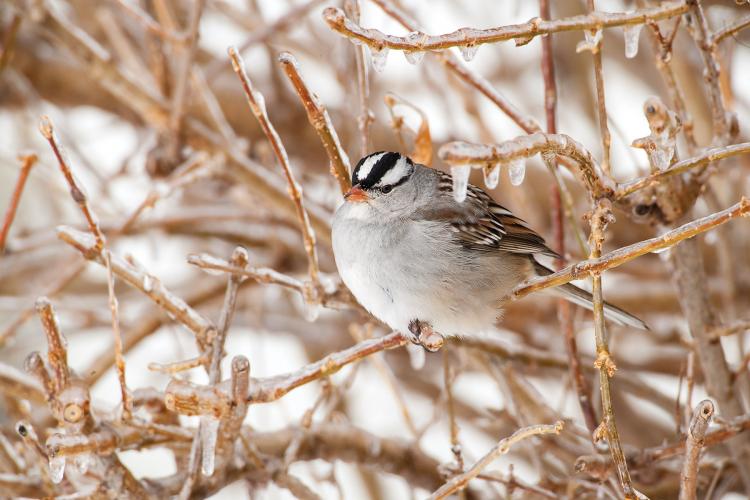
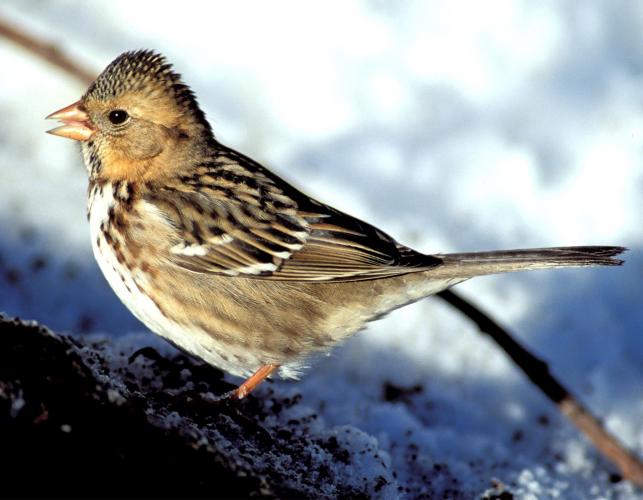
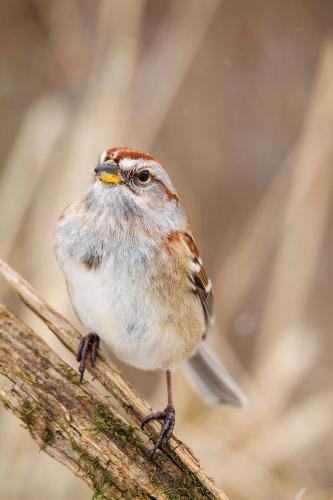
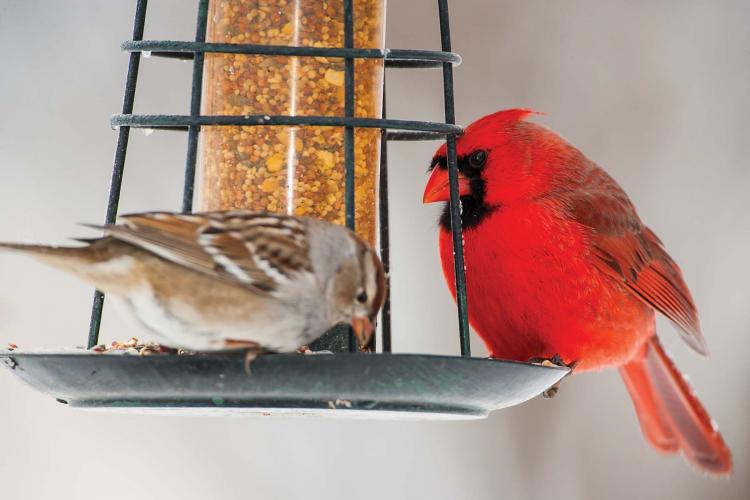
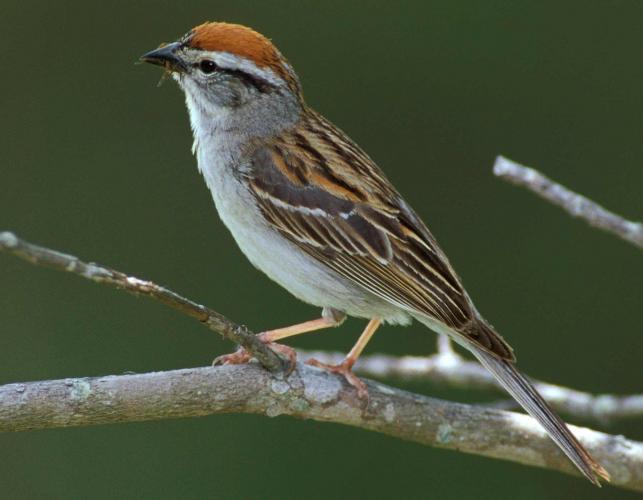
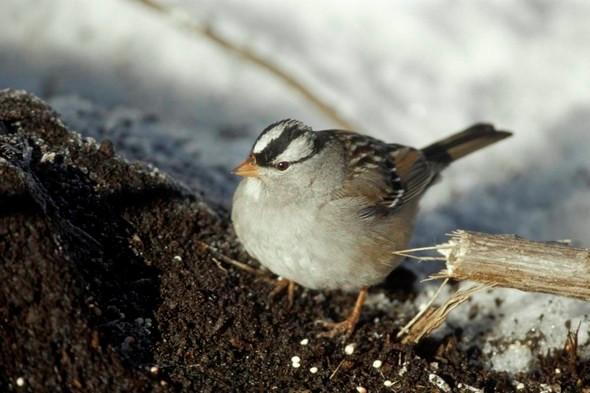
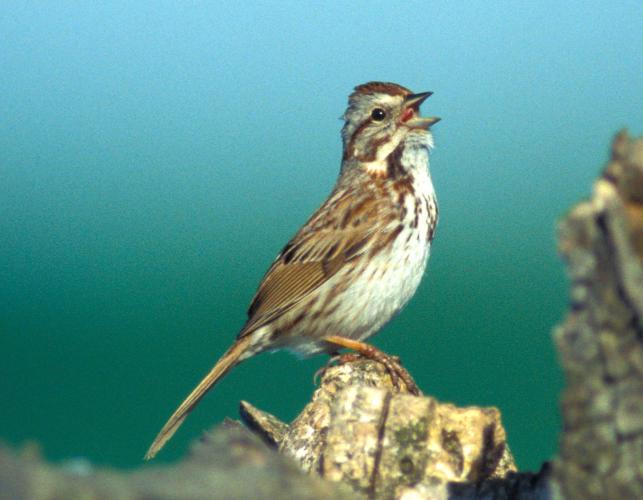

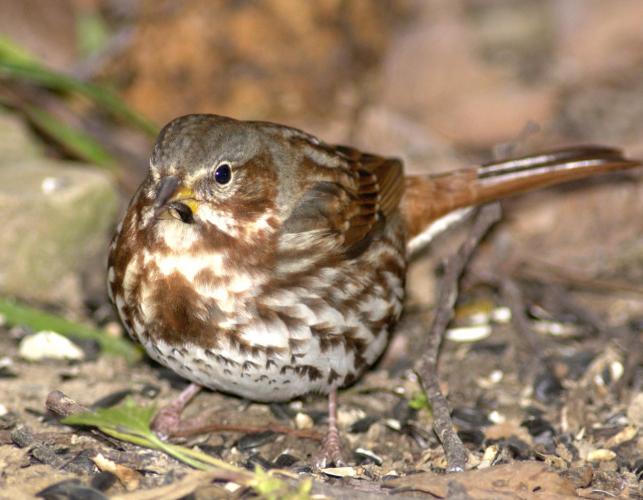
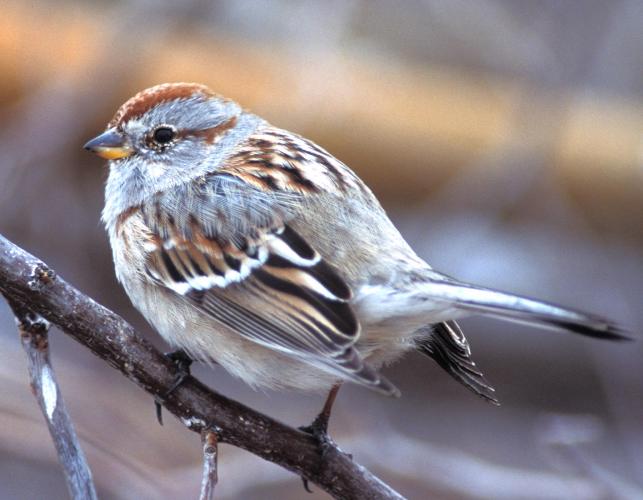
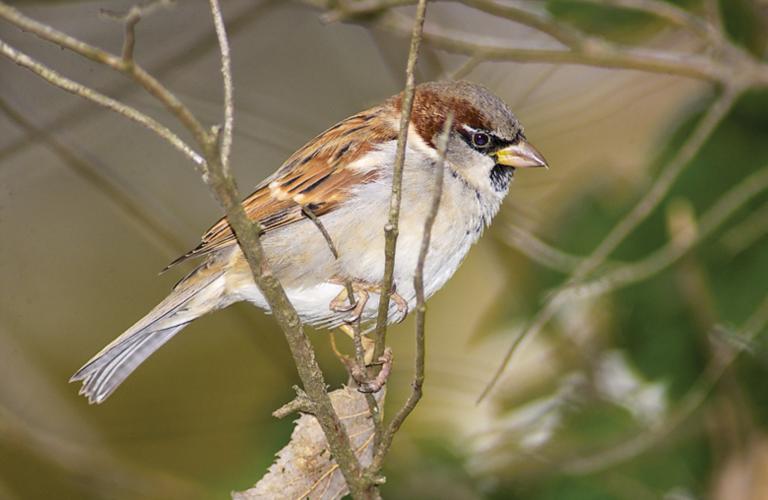
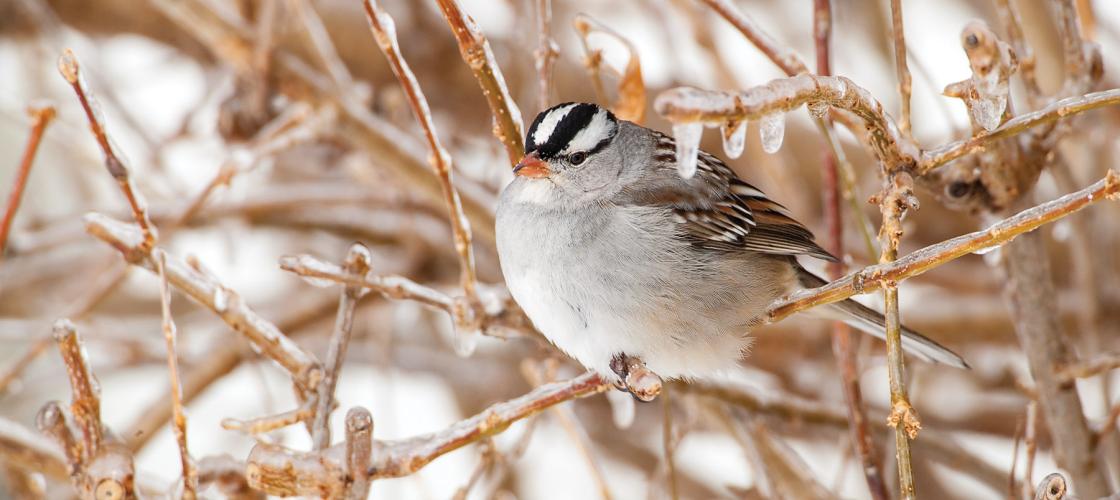
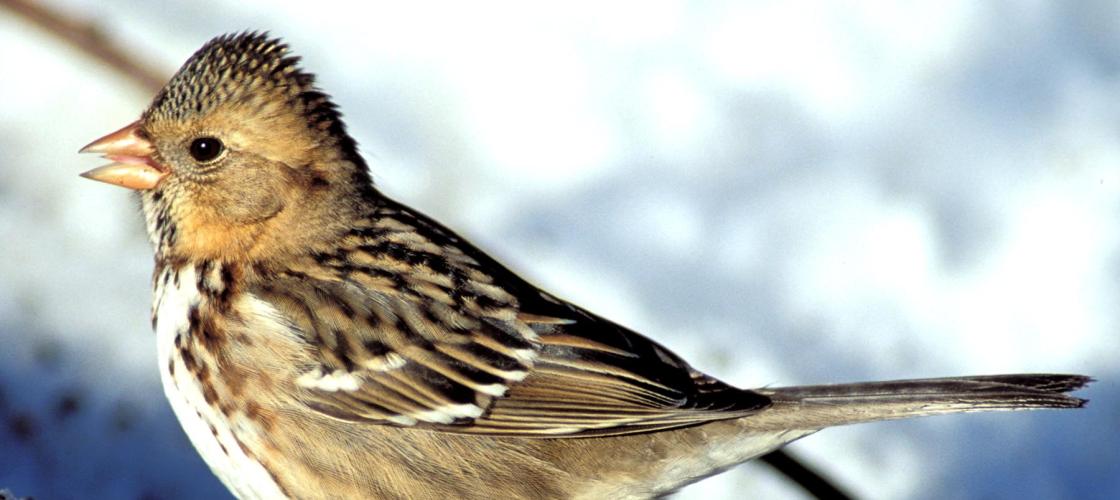
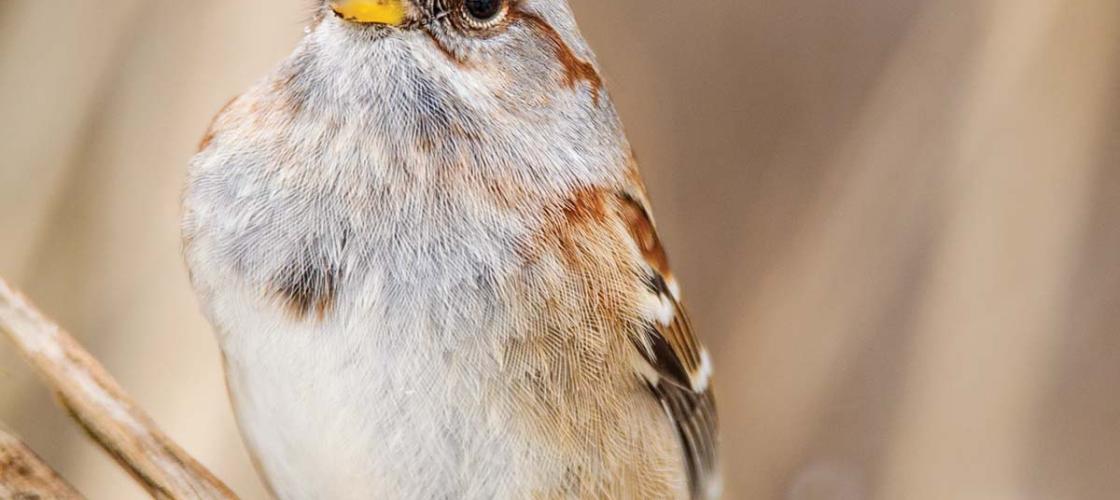
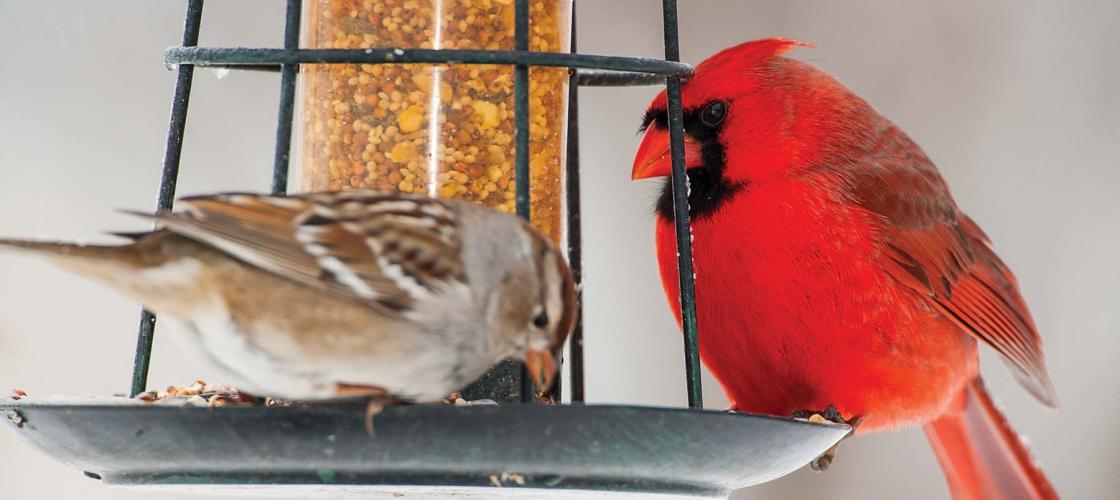
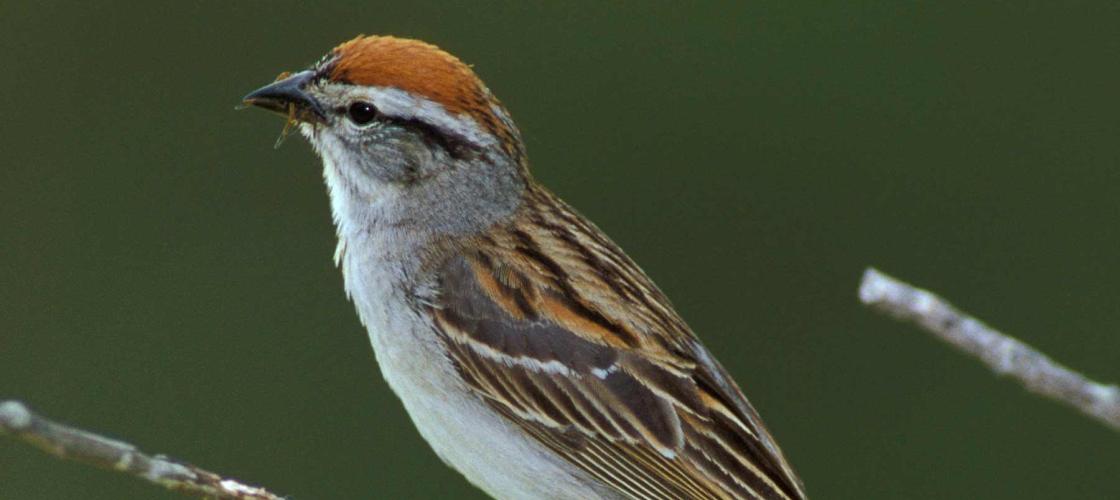
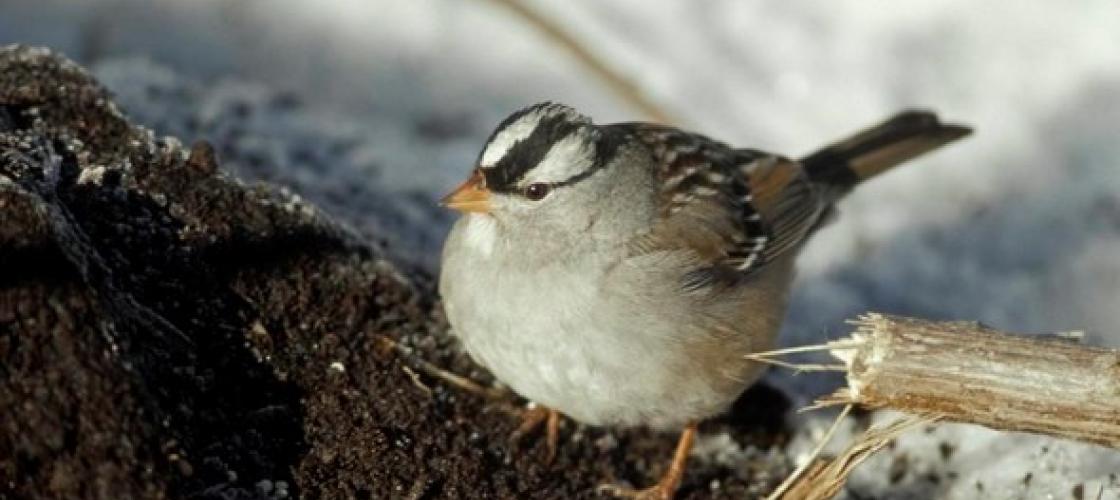
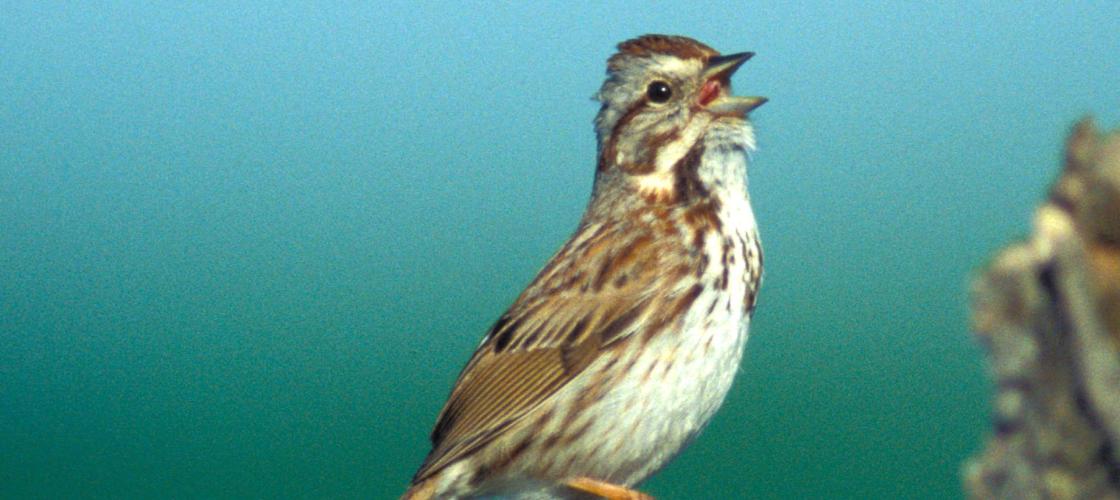
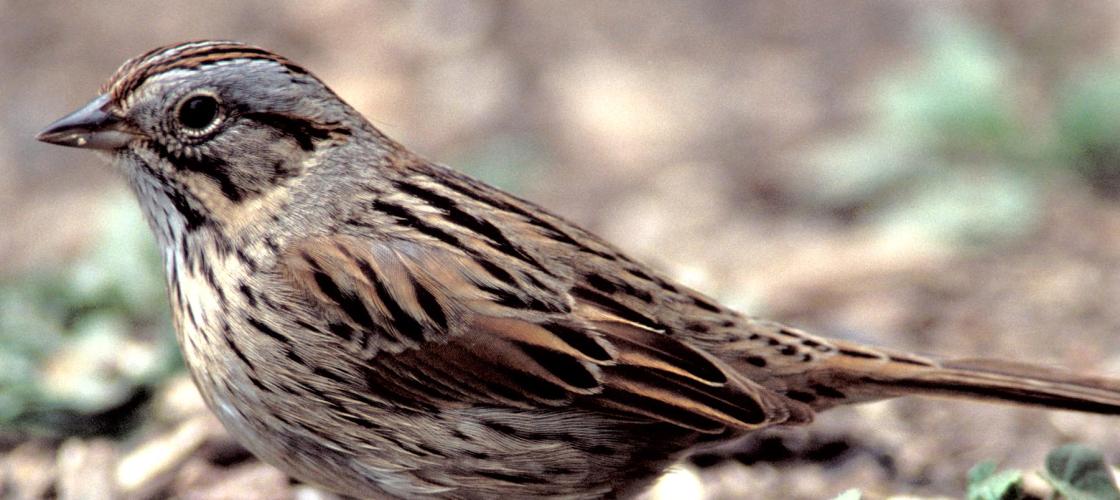
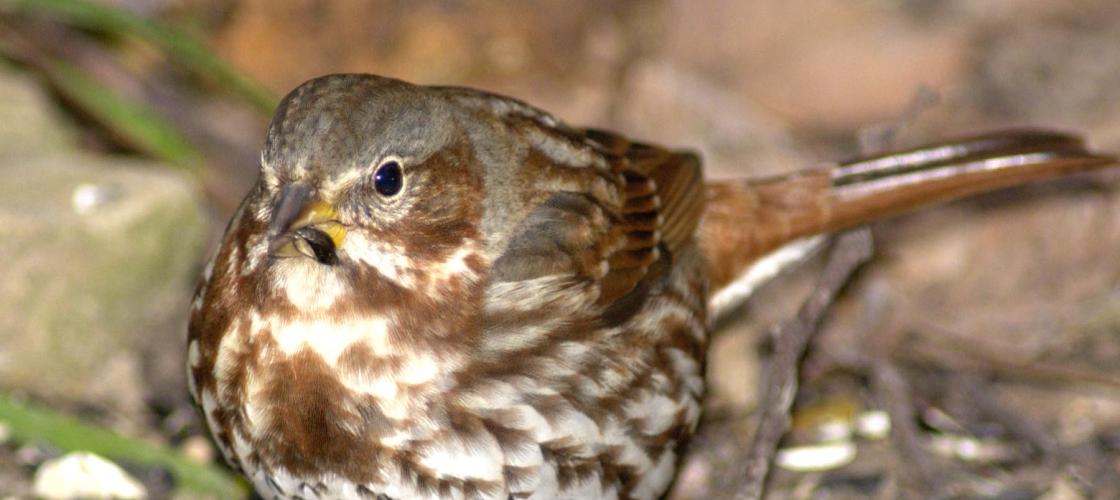
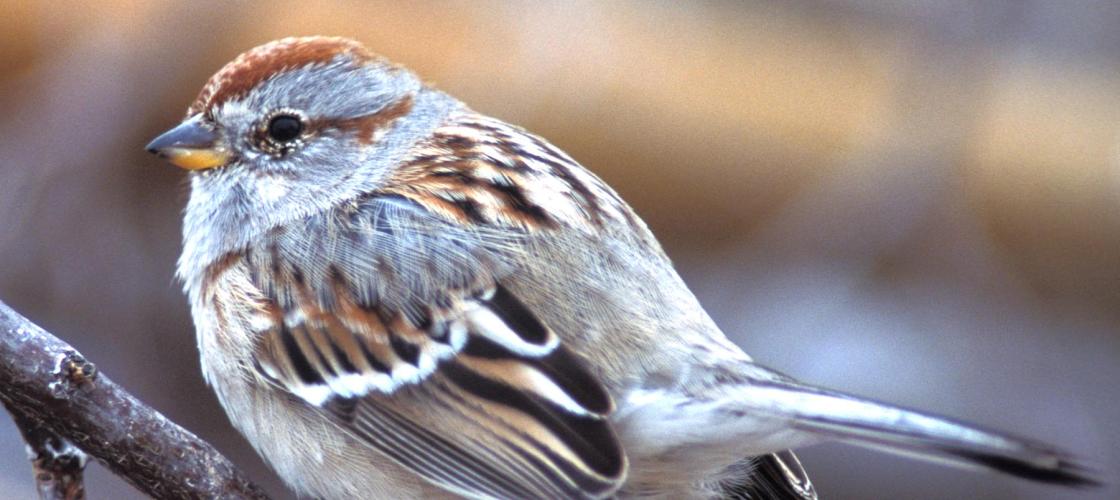
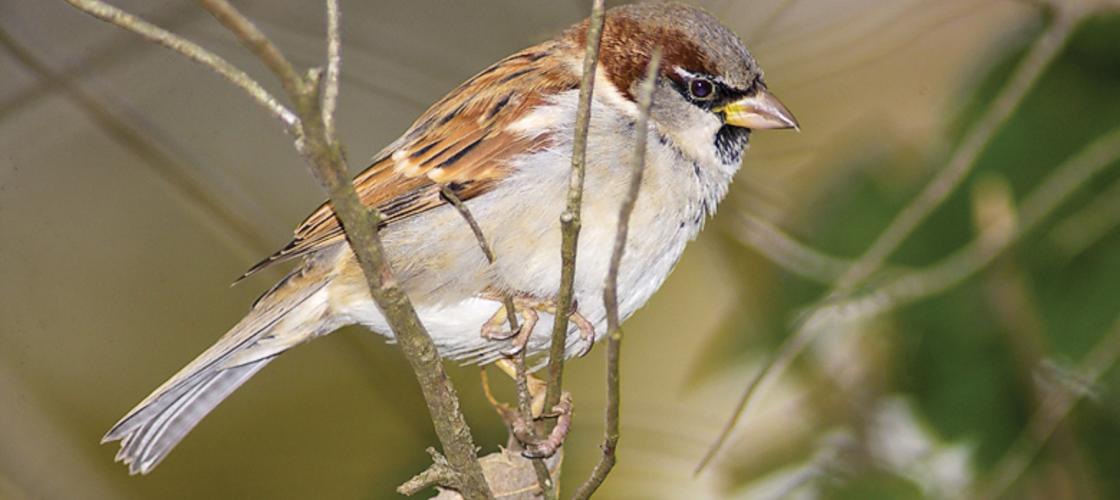
Recent Posts
























